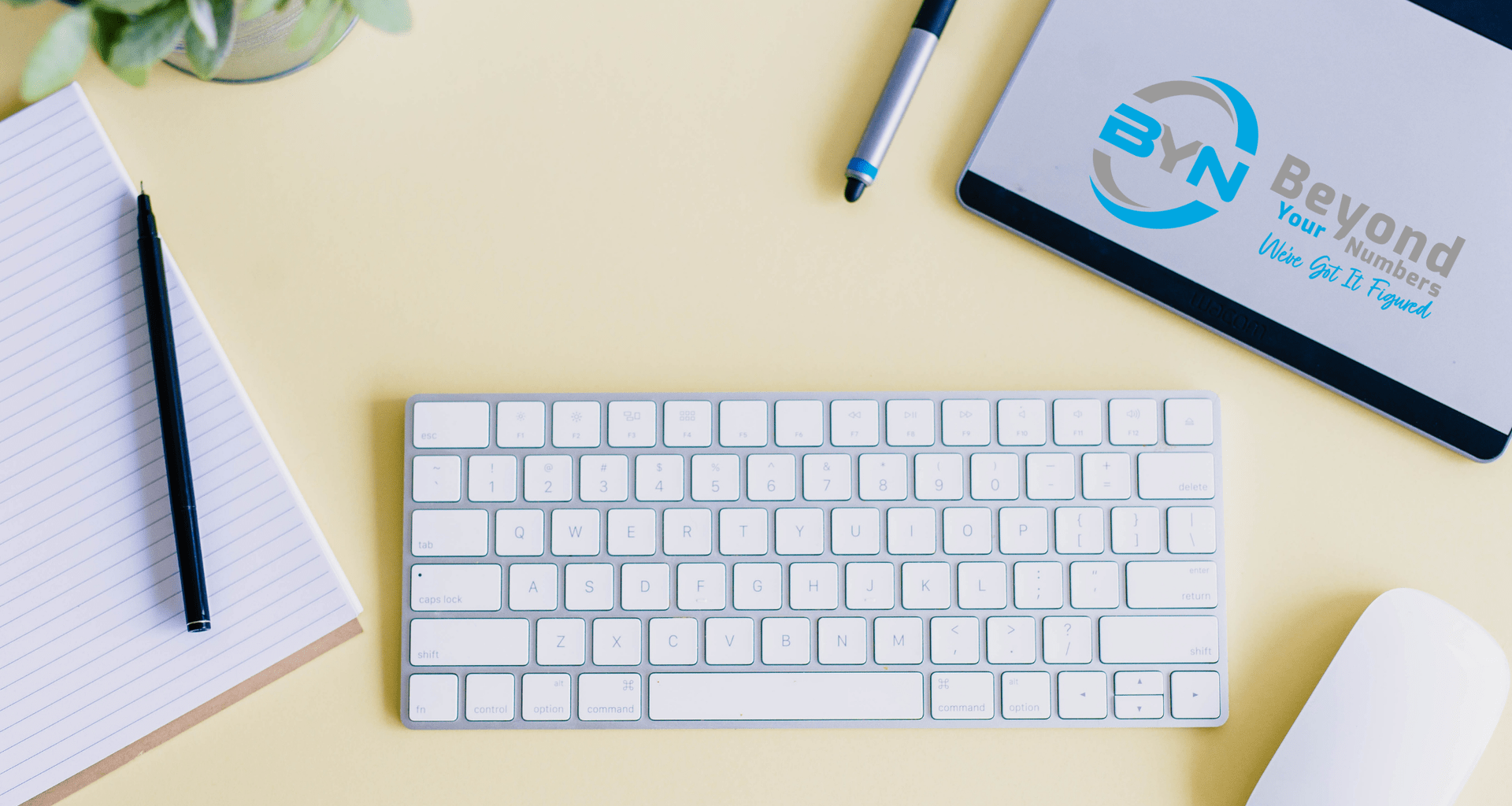It's not business as usual, but getting your financial end of year work done now will give you accurate data to make informed business decisions. Get your ducks in a row now and let us help you complete your accounts for year end.
A new financial year is upon us and that means that it’s time to check the accuracy of your financial information in your accounting software for the past financial year, and to gather the documentation that we will need to finalise your accounts and file your tax returns.
Whilst it’s not exactly business as usual for many businesses at the moment, if you are able to get this work done now it will mean one less thing for you to do later, when business activity resumes.
The sooner we have this information the sooner we can complete your accounts and notify you of your tax position. It’s a good idea to have this information as soon as possible so that you can make informed business decisions based on accurate data.
If you feel that your business is going to look significantly different this financial year, talk to us so that we can more accurately estimate any provisional tax.
Getting your Ducks in a Row
Here’s a list of what to check, gather and look for:
Bank Reconciliations
All bank reconciliations, including credit card and loan accounts, should be up to date to the end of March. This means that all transactions have been entered, that there are no unreconciled transactions, and that the bank account balance matches the balance in your accounting software. We may also need to see verification of bank balances in the form of bank statements.
Accounts Receivable - Invoices
Make sure all sales for the previous financial year have been invoiced (dated in March or prior months) and run your Aged Receivables report to verify that the information on this report - what’s owed to you - is accurate. Follow up any overdue customer balances and consider whether or not any are uncollectible and should be written off as bad debts.
Accounts Payable - Bills
Make sure all supplier bills for the previous financial year have been received and entered into your accounting system. Check the statements from your suppliers and verify that their balance owed is the same as what you have recorded. Run your Aged Payables report to verify that the information on this report - what you owe - is accurate.
Inventory
If you carry inventory you need to complete a stock take at the end of each financial year to account for all the stock that you have purchased but not sold. This means doing a manual count of all of your stock on hand as at March 31st. However as most of us have been in Covid-19 lockdown since 31 March, you can plan to do a stocktake as soon as you get back to your premises.
Fixed Assets and Depreciation
Have a look at your fixed asset register from last year and let us know if anything on that register has been sold or disposed of. Fixed Assets are any asset over $1000. The rules around these assets are that the cost of them gets spread over the expected lifetime of the asset rather than expensed all in one financial year. The spreading of the cost is called depreciation. We may need to see invoices for fixed asset purchases. Attach them to the transaction in your accounting software or create a file or folder.
Note: The fixed asset threshold has been $500 for many years, but changes to this threshold have come about under the Covid 19 business cash flow and tax measures. For the 2020 financial year the threshold has increased to $1000, and will increase again to $5000 for the 2021 financial year. If you are GST registered the threshold is exclusive of GST.
Payroll and Wage and Leave Liabilities
If you have staff, ensure that the final payroll for the financial year has been run and entered into your accounting software. You need to account for any wages owed to staff (this can sometimes happen with timing between the end of the pay week and pay day) and annual leave liabilities at the end of the financial year in order to accurately reflect the business’s liabilities on the balance sheet. If you’re using payroll software you will be able to generate a report telling you how much these are. These two liability accounts also need to be reconciled to verify the accuracy of the balances.
Loans and Hire Purchases
Any loans or hire purchase balances need to be verified and accurately accounted for at the end of year. Gather up your loan documentation that includes the balance at year end along with the interest accrued and payments made.
GST
Ensure your final period GST Return (usually ending March 31st) has been finalised and filed with Inland Revenue.
Cash on Hand
If you keep petty cash for small purchases, you will need to ensure that all cash expenditure is entered and accounted for and that you accurately account for the value of cash on hand.
Vehicle Expenses
We will need to know if you use your personal vehicle for business use, or vice versa, so that we can accurately account for motor vehicle expense.
Home Office
You may be able to claim a portion of household expenses, such as rent, insurance, power, against your business income. How much you can claim depends on how much of your house you use. Total up your household bills for the year and talk to us about how much you can claim.
Other Balance Sheet Items
All items on your balance sheet must be able to be verified and have supporting evidence for that. If you are unable to verify a balance talk to us about it.
Profit & Loss Report
Run your Profit & Loss report for the year and check if your figures look reasonable and as expected. It can be helpful to run this report by month so you can easily see variations from month to month. You may also compare against budget and/or last year’s actual figures. If things don’t look quite right, consider whether any variances may be caused by transactions miscoded to the wrong account.
Lock your accounting system
Once your month end and subsequently year end results are complete, set your accounting system’s lock date for “All users” on the last day of the month (e.g. 31 March). This stops anybody accidentally entering transactions into the past year(s) after they have been finalised and closed.



